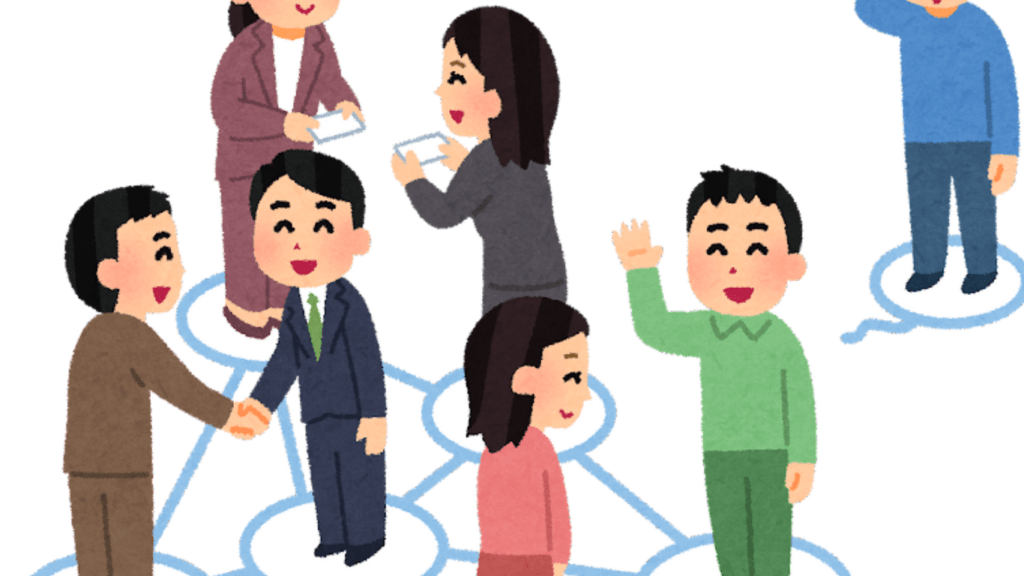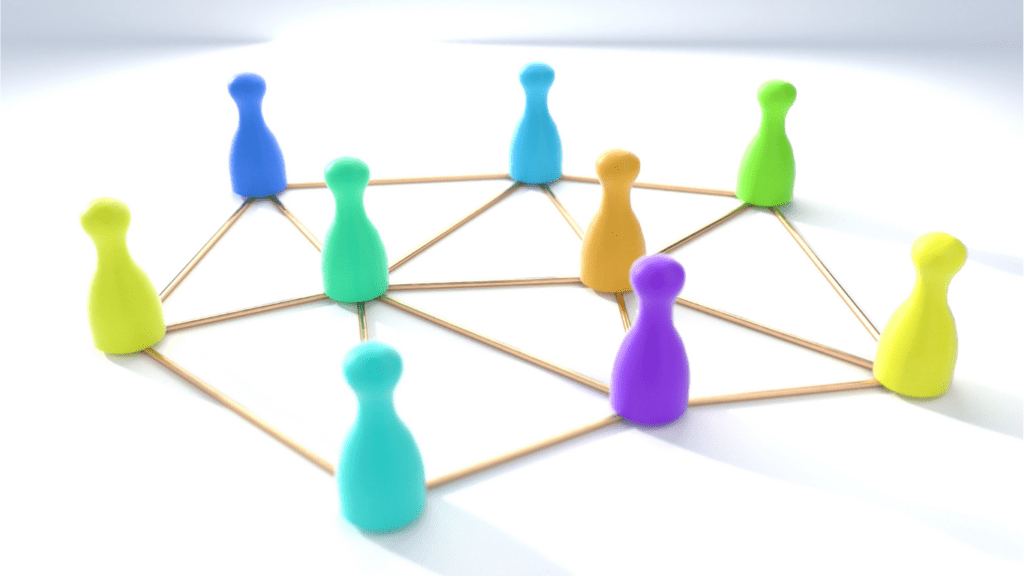Understanding the Art World Ecosystem
Networking forms the backbone of the art world ecosystem, comprising artists, galleries, curators, collectors, and critics.
The Role of Artists in Networking
Artists actively participate in networking to showcase their work and build their professional reputation. Making connections with other artists, joining art collectives, and attending art fairs are all ways artists can expand their network. Establishing relationships with established artists can provide mentorship and collaboration opportunities.
How Galleries and Curators Interact
Galleries and curators work closely to identify and promote talented artists. Curators, who often have extensive networks, play a pivotal role in choosing and presenting art that aligns with the gallery’s vision. Galleries rely on curators to bring fresh perspectives and new artists into the fold, enhancing the gallery’s standing and attracting diverse audiences.
Advantages of Networking for Emerging Artists
Networking opens numerous doors for emerging artists. It facilitates access to crucial opportunities and fosters collaboration and inspiration.
Access to Opportunities
- Networking grants emerging artists access to exhibitions, residencies, and grants they might not find independently.
- Connect with gallery owners and curators, I learn about upcoming shows and submission deadlines.
- Connections often lead to invitations to participate in exhibitions.
- Networking with fellow artists and industry professionals helps me stay informed about residencies and grant opportunities.
- Secured a spot in a prestigious residency program through a recommendation from an artist I met at an art fair.
Collaboration and Inspiration
Networking cultivates collaboration and inspiration among artists. Engaging with fellow creatives fosters collaboration on projects, joint exhibitions, and workshops.
I participated in a collaborative mural project after connecting with other artists at a local gallery event. The experience not only expanded my artistic skills but also introduced me to new techniques and perspectives. Moreover, dialogues with diverse artists spark fresh ideas and energize my creative process.
Networking events, like art fairs and gallery openings, continually inspire me by showcasing innovative works and facilitating thought-provoking conversations.
Strategies to Enhance Networking in Art

Effective networking in the art world requires strategic action. Here are some key strategies to help artists build and maintain valuable connections.
Attending Art Events
Attending art events provides unique opportunities to meet influential figures. Art fairs, gallery openings, and exhibitions create environments where artists can interact with curators, gallery owners, and collectors. When attending, engage in conversations about trends, techniques, and themes. Make an effort to attend both local and international events to expand your reach. Business cards and portfolios ensure you leave a lasting impression.
Leveraging Social Media
Leveraging social media helps artists connect with a global audience. Platforms like:
provide excellent opportunities to showcase work and engage with art communities.
Regular posts featuring your latest art projects, behind-the-scenes looks, and upcoming exhibitions can boost visibility. Participate in online art challenges and hashtags to reach new audiences. Engaging with followers through comments and direct messages builds stronger, more supportive networks.
Case Studies of Successful Networkers in Art
Examining individual success stories reveals the transformative power of networking in the art world. Notable examples among artists and galleries highlight these benefits.
Artists Who Thrived Through Connections
Jean-Michel Basquiat’s rise in the 1980s illustrates the impact of networking. Meeting Andy Warhol, through art dealer Bruno Bischofberger, shifted Basquiat’s career. This connection led to collaborations that boosted his visibility. Another example is Yayoi Kusama, who gained international recognition by connecting with avant-garde artists like Donald Judd. These relationships were crucial in propelling her career forward.
Galleries That Expanded Through Networks
Gagosian Gallery’s expansion offers a prime example. Larry Gagosian’s strategic relationships with prominent artists like Jeff Koons and Damien Hirst increased the gallery’s influence.
By leveraging these connections, Gagosian secured exclusive works and bolstered its reputation. Similarly, White Cube Gallery expanded through Jay Jopling’s connections with emerging and established artists. Networking aided in curating groundbreaking exhibitions, attracting global attention.

 Donemic Grantnurry, founder of the Avant Garde Artistry Hub, is a visionary at the intersection of art and technology. With a deep passion for innovation, Donemic has created a platform that not only informs artists about the latest tools and trends but also empowers them to transform their creative processes. His dedication to exploring the therapeutic potential of art has positioned Avant Garde Artistry Hub as a key resource for artists seeking to improve both their craft and well-being.
Beyond his work in art technology, Donemic is committed to helping artists build sustainable careers. Through insightful articles on marketing, business strategies, and art competitions, he provides emerging talents with the guidance they need to succeed in the competitive world of art. His work continues to inspire and support a global community of creatives who are passionate about blending art with modern technology.
Donemic Grantnurry, founder of the Avant Garde Artistry Hub, is a visionary at the intersection of art and technology. With a deep passion for innovation, Donemic has created a platform that not only informs artists about the latest tools and trends but also empowers them to transform their creative processes. His dedication to exploring the therapeutic potential of art has positioned Avant Garde Artistry Hub as a key resource for artists seeking to improve both their craft and well-being.
Beyond his work in art technology, Donemic is committed to helping artists build sustainable careers. Through insightful articles on marketing, business strategies, and art competitions, he provides emerging talents with the guidance they need to succeed in the competitive world of art. His work continues to inspire and support a global community of creatives who are passionate about blending art with modern technology.